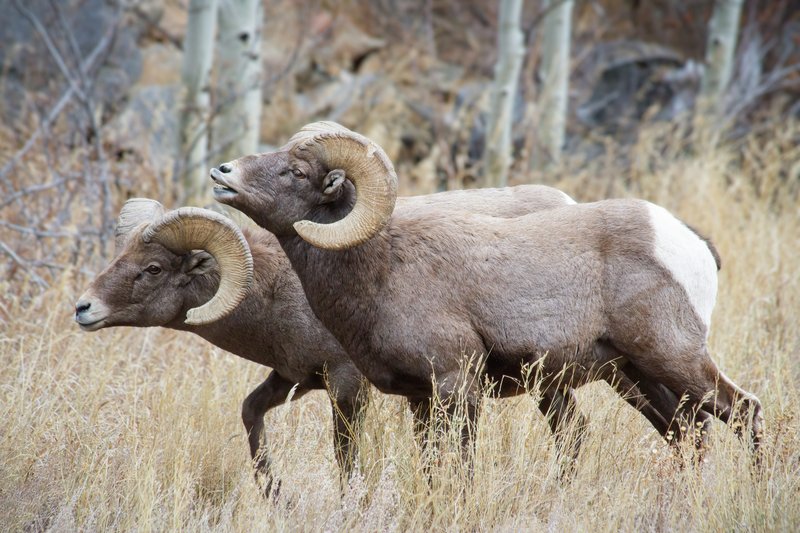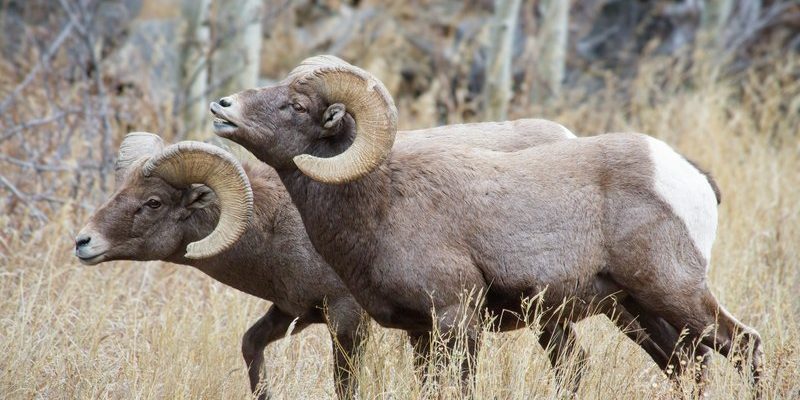
Let’s set the record straight and dive into some of the most common myths about bighorn sheep. You might be surprised at what you learn. Whether you’re an avid hiker spotting them in the wild or just someone curious about these majestic animals, understanding the truth about bighorn sheep can deepen your appreciation for them.
Myth 1: Bighorn Sheep Are Just Like Domestic Sheep
You might think all sheep are created equal, but that couldn’t be further from the truth. One of the biggest misconceptions is equating bighorn sheep with domestic sheep. While they share the same family, they’re as different as a house cat is from a lion.
Bighorn sheep, known for their impressive spiral horns, are wild animals adapted to the rugged terrains of the mountains. Unlike domestic sheep, they have strong instincts for survival, which include being social grazers, vigilant against predators, and incredibly agile climbers. Their habitats range from the high desert mountains to rocky canyons, where they expertly navigate steep cliffs. Domestic sheep, on the other hand, are bred for agriculture and lack many of the survival skills that their wild cousins possess.
So, next time you see a bighorn sheep, remember: they’re not just fluffy animals; they’re adventurous mountain-goers with unique behaviors!
Myth 2: Bighorn Sheep Don’t Need Water
You might be surprised to learn that bighorn sheep need water just like any other animal. There’s a common belief that they can survive on the moisture found in their food alone. While it’s true that they get some hydration from plants, they still rely on direct water sources, especially in hot, dry climates.
Bighorn sheep often travel great distances to find water, particularly during the hot months. They usually prefer areas near rivers and streams for drinking. This behavior shapes their feeding and social patterns—hence, they tend to gather near water sources, sometimes even forming large groups.
So, the next time you see bighorn sheep, look for places nearby where they might quench their thirst. It’s essential for their health and overall well-being!
Myth 3: Only Males Have Horns
Another common myth is that only male bighorn sheep grow impressive horns. While it’s certainly true that male bighorns, or rams, have larger, more prominent horns, female bighorns, known as ewes, also possess horns, albeit smaller and less curved.
Both sexes use their horns for protection and social interactions. Rams engage in dramatic head-butting contests during the mating season to establish dominance and attract ewes. Ewes, on the other hand, use their horns primarily for self-defense against predators.
So, while the rams take the spotlight with their grand displays, let’s not forget that the ewes are equally equipped to survive in the wild, with their own set of horns!
Myth 4: Bighorn Sheep Are Aggressive Animals
If you think bighorn sheep are aggressive, you might want to reconsider. While they can display assertiveness, especially during mating season, they are generally not aggressive creatures. Here’s the thing—they prefer to avoid confrontations whenever possible and will often flee at the first sign of danger.
Their behavior can change during the rutting season when males compete for mates, leading to those infamous head-butting displays. However, this is more about establishing dominance than outright aggression. Outside of that context, bighorn sheep are usually peaceful grazers, focused on foraging and maintaining their social structures within herds.
So, while they may appear tough, bighorn sheep are more about maintaining peace in their rocky habitats than looking for a fight.
Myth 5: Bighorn Sheep Are Endangered
It’s easy to assume that all wild animals are endangered, especially those with specific habitats like bighorn sheep. However, while they face certain threats, bighorn sheep populations are generally stable in many areas, thanks to conservation efforts.
Many states and organizations are dedicated to maintaining and restoring bighorn populations. These efforts include habitat protection and management, disease monitoring, and even reintroduction programs in areas where they have been extirpated. For example, in the western United States, bighorn sheep are often found thriving in national parks and protected lands.
That said, it’s essential to remember that their populations can vary significantly based on environmental factors, habitat loss, and disease susceptibility. So while they’re not currently on the brink of extinction, they still need our attention and care to ensure their survival in the future.
Myth 6: Bighorn Sheep Can’t Survive in the Cold
You might picture bighorn sheep basking in the sun on rocky slopes, but they’re actually quite the opposite when it comes to survival in cold weather. Many people believe bighorn sheep can’t tolerate cold climates, but in reality, they are well-adapted to harsh winter conditions.
Their thick woolly coats provide insulation against frigid temperatures, and they can often be found in snowy mountain ranges during winter months. In fact, they thrive in various temperatures, from scorching hot summers to frigid winters. These adaptations help them find food even when snow covers the ground, as they can dig through the snow to forage for vegetation.
So while they may prefer sunny days, bighorn sheep have what it takes to tackle winter weather like champions!
Myth 7: Bighorn Sheep Are Solitary Animals
When you think of wild animals, the image of sleek, solitary hunters might come to mind. However, bighorn sheep are quite the social creatures. They live in herds, which can range from a few individuals to over a hundred during certain seasons.
These herds are typically organized by social structure, with females and their young forming family groups, while males often roam in bachelor groups. Being part of a herd has its advantages—it provides safety in numbers from predators and fosters social interactions, which are crucial for their well-being.
This herd mentality also plays a role in their mating behavior, where males engage in displays and competitions to win over females during the rut. So, far from being solitary, bighorn sheep thrive in social settings, maintaining complex relationships within their groups.
Understanding bighorn sheep helps us appreciate these incredible animals for what they are: resilient, social, and well-adapted to their habitats. By debunking these common myths, we can foster a greater respect for bighorn sheep and the environments they inhabit. Next time you hear someone talk about bighorn sheep, feel free to share your newfound knowledge!
Whether you’re observing these majestic animals in the wild or reading about them from your cozy home, keep an eye out for the unique qualities that make bighorn sheep truly special. So let’s keep learning and advocating for these amazing creatures to ensure they thrive for generations to come!

